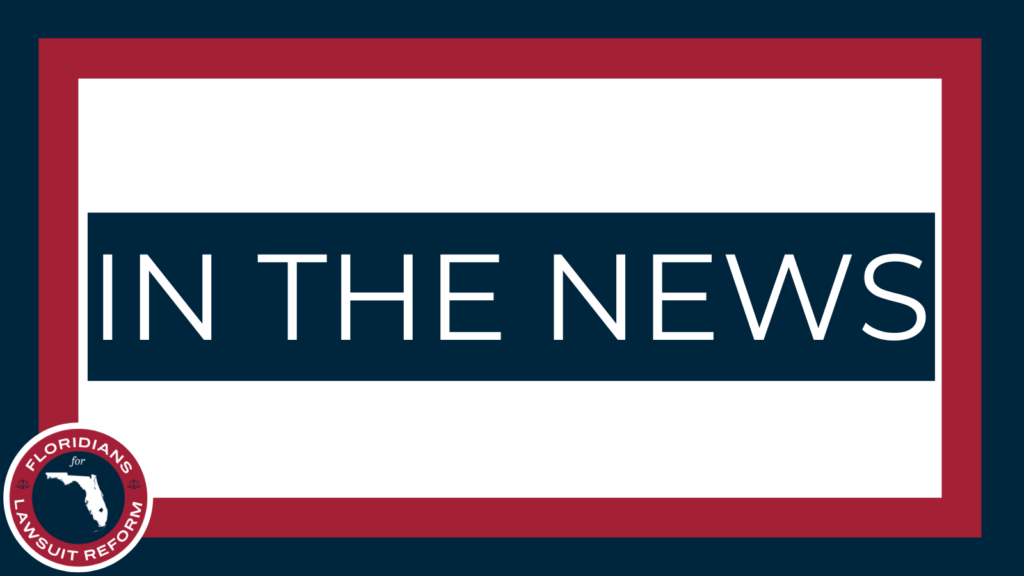
NEW YORK, Dec. 7, 2021– The growing number of costly lawsuits are adversely impacting insurer profitability and their ability to provide coverage, according to panelists who convened last week at the Insurance Information Institute’s (Triple-I) Joint Industry Forum (JIF).
“Excessive growth in insurance settlements is top of mind for many. Some refer to that growth as runaway litigation while others use the term social inflation,” said Frank Tomasello, J.D., executive Director of The Institutes Griffith Insurance Education Foundation.
Tomasello, who moderated the JIF’s Runaway Litigation panel last week, explored definitional issues and controversies surrounding this phenomenon and discussed its impact and what is needed to inform next steps.
“Certain observers dismiss runaway litigation, suggesting it’s a phantom threat used to justify premium increases,” said Tomasello. “Industry leaders, however, point to data evidencing its existence in various lines of business, including commercial auto liability.”
Michael Menapace, an Attorney with Wiggin and Dana LLP, and a Triple-I non-resident scholar, noted that while there are different definitions around, insurer claim expenses are increasing faster than inflation “due to a combination of increased litigation defense costs, higher percentage of plaintiff verdicts, and increased jury awards.”
According to Sherman (Tiger) Joyce, President, American Tort Reform Association (ATRA), any analysis of runaway litigation’s existence should assess areas whether there is social inflation, and whether it is impacting certain lines of business, types of litigation, or geographical regions. “Where is it real, where is it not? If it is real, why are defense costs up? Why are plaintiffs winning more?” Joyce said. To offer guidance in this regard, the ATR Foundation publishes each year its list of Judicial Hellholes.
“Don’t rely on anecdotes or rumors, that’s the old way of doing things,” stated Rick Merrill, the Founder and CEO, Gavelytics, an artificial intelligence-powered analytics software firm. “The much more modern approach to litigation analysis is measuring things in an empirical fashion. It used to be impossible to do. Understanding whether or not the rates of trial wins are up or down, understanding whether the grant rates of certain key motions are up or down, those are things we do, and that adds a lot to the conversation.”
During the panel discussion, Menapace also mentioned the reptile theory, a strategy often employed by plaintiff’s lawyers in personal injury lawsuits. Based in part on a book published in 2009, the reptile theory focuses on safety and security issues while at the same time encouraging jurors to envision themselves in the same situation as a plaintiff. This tactic can be seen in the way plaintiff’s attorneys advertise on billboards and in television ads to influence future jurors, the panelists agreed.
“As defense lawyers, we need to recognize the reptile theory from the very beginning of litigation,” said Menapace.
Litigation funding – a contract to obtain financial assistance from a third party in exchange for an interest in the potential recovery from a pending lawsuit – is also an issue for insurers as it increases defense costs and discourages a legal dispute’s swift resolution, the experts said. Requiring plaintiffs to disclose their use of third-party litigation funding would be a great benefit to defendants if it were to happen, the panelists concurred.
